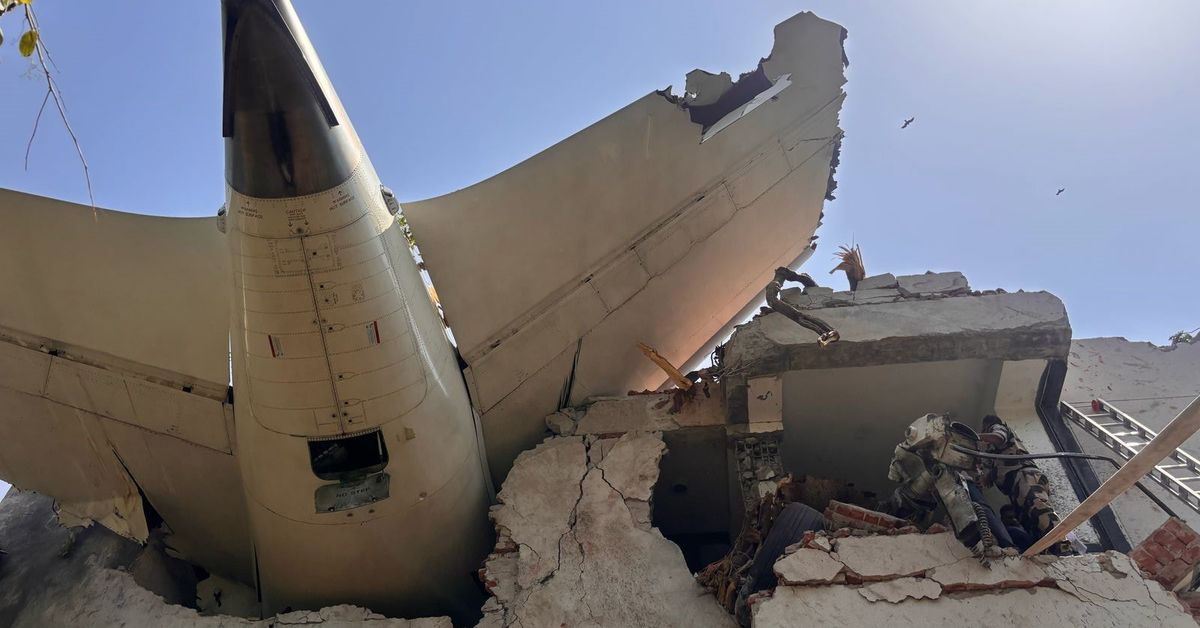

In the wake of the devastating Air India crash in Ahmedabad last week, which claimed the lives of 270 people, investigators are meticulously analyzing the aircraft's black boxes to determine the cause of the tragedy. The London-bound Boeing 787 Dreamliner crashed shortly after takeoff from Ahmedabad, impacting a medical college hostel and resulting in a catastrophic loss of life. Only one passenger survived the crash, making it one of India's worst aviation disasters in decades.
The black boxes, which include the cockpit voice recorder and the flight data recorder, are crucial to understanding the sequence of events that led to the crash. The flight data recorder captures a wide range of parameters, such as airspeed, altitude, engine performance, and control surface positions. This data will provide investigators with a detailed picture of the aircraft's behavior in its final moments. The cockpit voice recorder, on the other hand, captures conversations between the pilots and any other sounds in the cockpit, offering insights into the crew's actions and any potential warnings or malfunctions.
According to Dr. Sonya Brown, a senior lecturer in aerospace design from the University of New South Wales, initial observations suggest the aircraft may have experienced a stall due to insufficient lift, potentially caused by a lack of speed. While the data from flight radar indicated the aircraft falling down which impacts a stall, a comprehensive analysis of the black box data is necessary to confirm this hypothesis and pinpoint the underlying cause.
Several factors could have contributed to the loss of thrust, including pilot error in setting the thrust, mechanical issues affecting the engines, foreign object damage (such as the engines ingesting debris from the runway), or fuel contamination. Investigators will examine all these possibilities to determine the most likely scenario.
A high-level committee has been formed by the Indian government to investigate the crash, with experts from India's Aircraft Accident Investigation Bureau, the U.K., the U.S., and Boeing assisting in the effort. The investigation is expected to be a lengthy process, particularly given the extensive damage to the aircraft. A preliminary report is anticipated within three months. Authorities are also reviewing CCTV footage from the surrounding area and interviewing witnesses to gather additional information. The pilot training records, aircraft load, engine performance history, and any previously reported issues will also be scrutinized.
In addition to the investigation, Air India is conducting thorough inspections and maintenance checks on its entire fleet of Boeing 787 Dreamliners to prevent future incidents. The crashed aircraft was 12 years old, and Boeing planes have faced safety concerns in the past. Former Director General of India's Aircraft Accident Investigation Bureau, Aurobindo Handa, emphasized that investigators worldwide adhere to the UN-prescribed Manual of Accident Investigation ("DOC 9756"), which outlines detailed procedures for determining the most probable cause of a crash. He also noted that the condition of the black boxes themselves is crucial, as the intense heat from the crash could have exceeded their tolerance threshold, potentially affecting the data retrieval process.